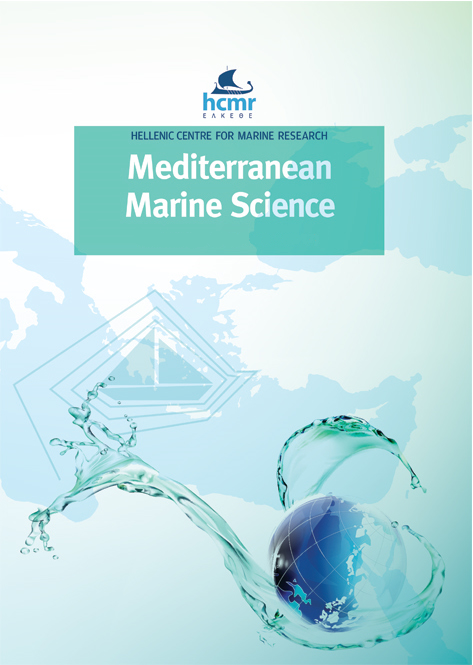Filling gaps: closing the life cycle of the endangered Mediterranean limpet Patella ferruginea Gmelin, 1791 (Gastropoda, Patellidae)

Abstract
Several reproductive issues and the larval development of the ferruginous limpet, Patella ferruginea Gmelin, 1791, an endangered species endemic from the western Mediterranean Sea, were studied to fill gaps in the knowledge of its life cycle.
Average diameter of mature oocytes was 141.83 μm and mean oocyte density in the ovary was 283,800 oocytes/gram. No significant correlations were found between both oocyte diameter or density and female shell length. Female fecundity (number of oocytes per gonad) was significantly correlated with shell length and varied between 189,200 oocytes in a 40.0 mm female and 5,019,200 oocytes in an 86.4 mm female. However, there was considerable variability, in particular for largest females.
Spawning induction was not achieved using usual molluscan aquaculture methods. Thus, oocytes obtained after dissection of females were used for fertilizations trials. Alkalinization treatments of seawater were used to test improvement in oocyte maturation and later fertilization rates. Treatment at pH 9 during 2 h produced the highest increase in the percentage of mature oocytes and in the fertilization rate; but these results showed high variability and were mainly significant when the initial degree of maturation was low. Sperm concentration experiments determined that best in vitro fertilization were performed at 105 and 5×105 spermatozoids/ml.
The sequence and timing of the complete larval development of Patella ferruginea in laboratory conditions is described and illustrated here for the first time. At 20 °C, larvae became competent for metamorphosis 3 days after fertilization, but some crawling pediveliger larvae with a still well developed velum were found even 7 days after fertilization. Recruits 1-2 mm in length were achieved in low numbers from two of the last assays and were first detected between 131-141 days after fertilization. The resulting juveniles were monitored during two years and sex determination of five survivors at the end of this period showed that two were mature males, two mature females and one indeterminate.
Our results show that the main reproductive traits or larval development of P. ferruginea hardly differ from those of other non-endangered Mediterranean or NE Atlantic limpet species. Therefore, its decline cannot be mainly attributed to some constraints of these traits as was previously suggested, but to human impact.
On the other hand, it is feasible to complete the life cycle of this species in laboratory conditions, from fertilized eggs to mature individuals. However, an important part of the process like spawning induction was not achieved as gonads needed to be dissected fatally from females, although sperm could be obtained from males through non-lethal biopsies. At present, large-scale aquaculture production for reintroduction, restocking or stock enhancement purposes is neither possible nor an advisable conservation tool yet. Further study is required and meanwhile, an appropriate design of a network of effectively protected marine areas that ensures connectivity among extant populations is necessary.
Article Details
- How to Cite
-
GUALLART, J., PEÑA, J. B., PÉREZ-LARRUSCAÍN, J., LUQUE, A. A., & TEMPLADO, J. (2020). Filling gaps: closing the life cycle of the endangered Mediterranean limpet Patella ferruginea Gmelin, 1791 (Gastropoda, Patellidae). Mediterranean Marine Science, 21(2), 400–419. https://doi.org/10.12681/mms.22508
- Issue
- Vol. 21 No. 2 (2020)
- Section
- Research Article
Authors who publish with this journal agree to the following terms:
- Authors retain copyright and grant the journal right of first publication with the work simultaneously licensed under a Creative Commons Attribution Non-Commercial License that allows others to share the work with an acknowledgement of the work's authorship and initial publication in this journal.
- Authors are able to enter into separate, additional contractual arrangements for the non-exclusive distribution of the journal's published version of the work (e.g. post it to an institutional repository or publish it in a book), with an acknowledgement of its initial publication in this journal.
- Authors are permitted and encouraged to post their work online (preferably in institutional repositories or on their website) prior to and during the submission process, as it can lead to productive exchanges, as well as earlier and greater citation of published work (See The Effect of Open Access).





